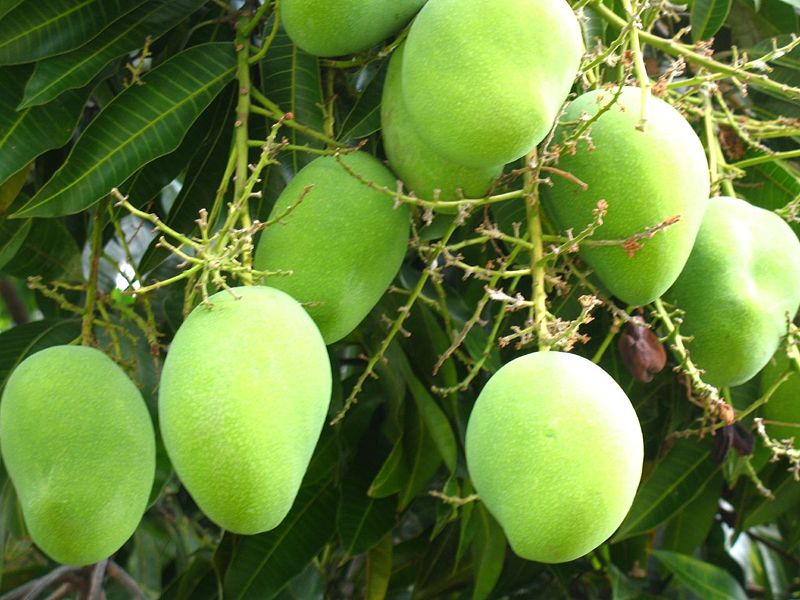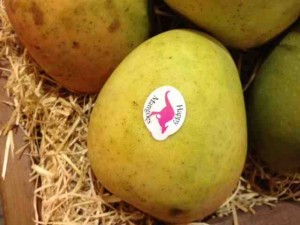Canadian government types remain hopeless about talking about food safety basics.
For all its talk of a single food inspection system, the Canadian Food Inspection Agency can do no better than say, “there have been several confirmed illnesses associated with the consumption of these mangoes.”
It’s up to Health Canada to say how many are sick, which they did on a Saturday afternoon. The PR  flunkies probably were paid double-time to produce this gem.
flunkies probably were paid double-time to produce this gem.
“Table 1, below, shows where and how many illnesses have been reported to date. The Public Health Agency of Canada will update this table weekly during the course of the investigation.
Table 1. Location and number of Salmonella Braenderup infections
as of August 22, 2012
Location Confirmed cases
British Columbia 17
Alberta 5
TOTAL 22
“What you should do
“If you have the product, do not eat it. Secure it in a plastic bag and throw it out. Then wash your hands thoroughly in warm soapy water.
“Everyone can protect themselves against Salmonella infections by taking proper precautions when handling and preparing foods.”
Salmonella is in your hands; not the mango growers, distributers or retailers, but consumers.
Why do taxpayers pay to be reminded that foodborne illness is their fault – when it isn’t?
The press release also has some advice, like to protect yourself from Salmonella, “wash your hands thoroughly after feeding or handling pets.”
I’m not sure what that has to do with Mexican mangoes.
The paternalistic press release also says people should practice these general food safety precautions at all times. Those tips are about cooking temperatures for meat.
It’s still summer in Canada, most people will go back to sleep.
 “None of the (affected inmates) is in serious condition, nor did any require medical transfer,” the state public safety office said.
“None of the (affected inmates) is in serious condition, nor did any require medical transfer,” the state public safety office said.










 flunkies probably were paid double-time to produce this gem.
flunkies probably were paid double-time to produce this gem.